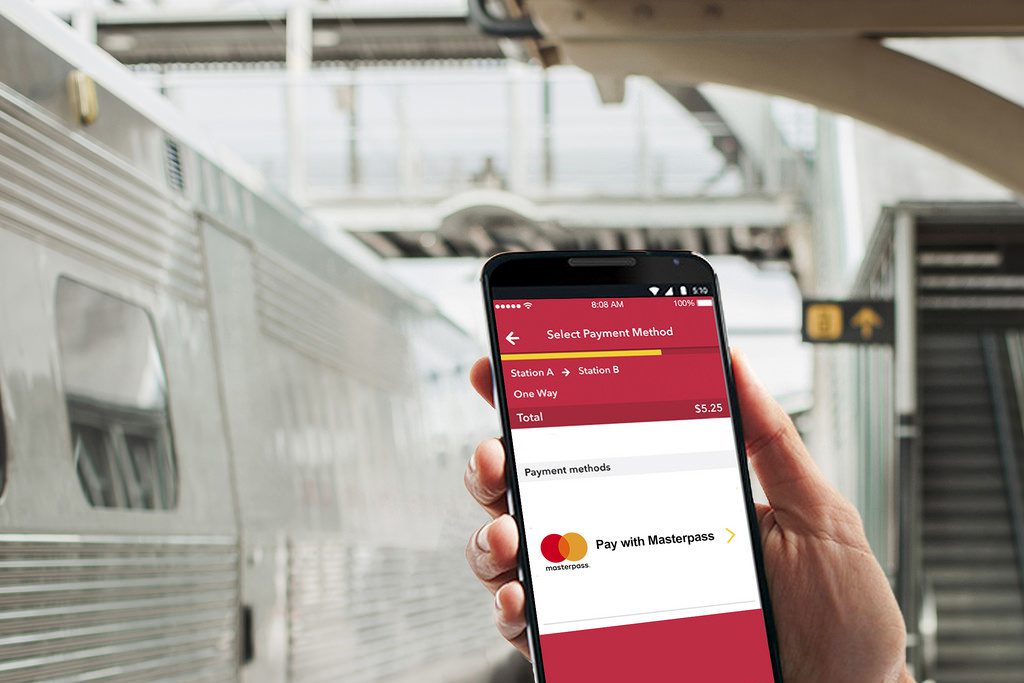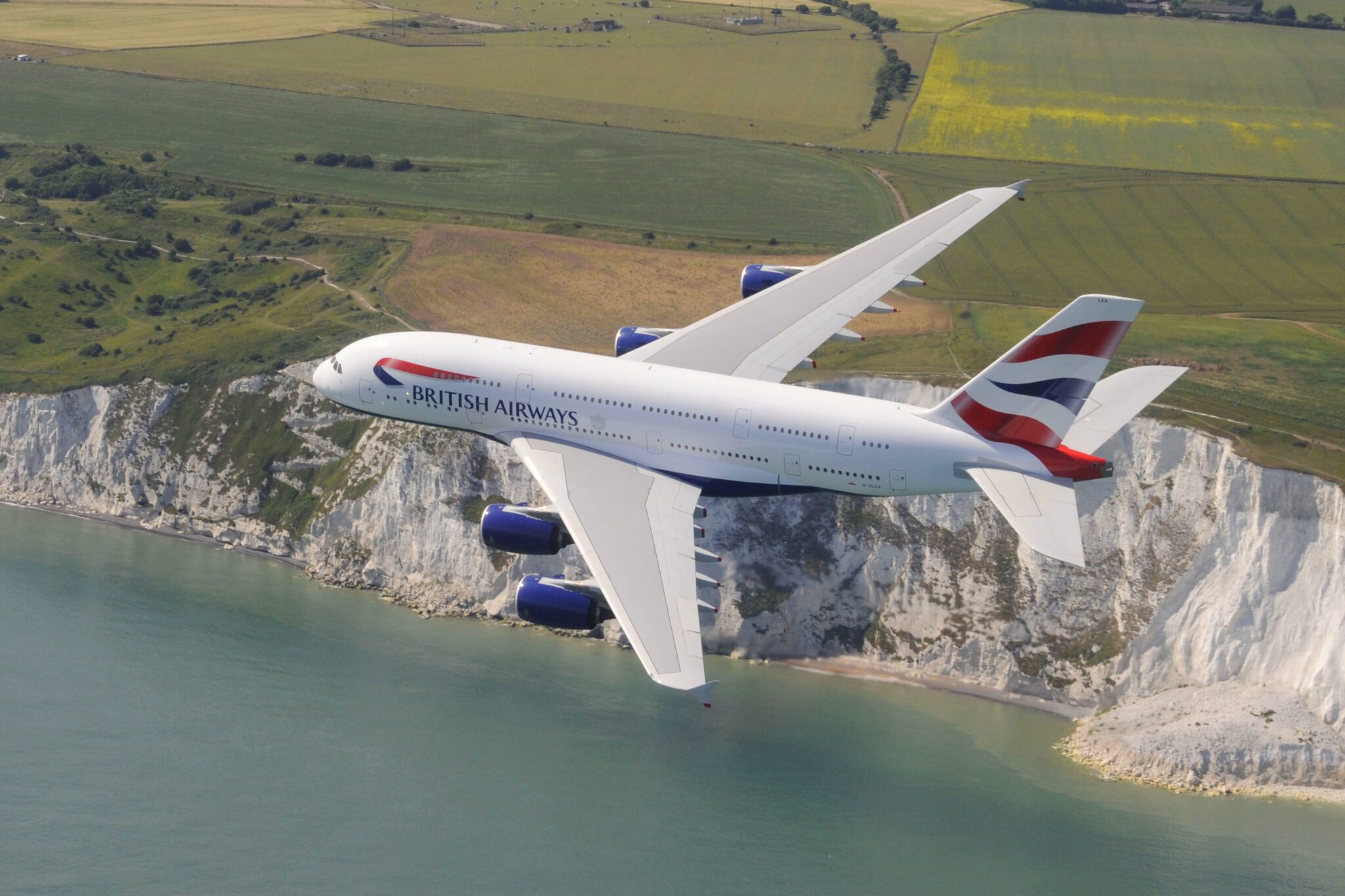American Express, Mastercard and Visa Don’t Agree on Travel’s Recovery Timeline

Skift Take
Travel spending has roared back to life over the past three months, despite the Omicron variant, according to three credit card giants.
American Express, Visa and Mastercard all posted quarterly earnings this week, reporting improved spending as travel restrictions ease, in some cases beating 2019 levels. However, only one predicted there’ll be a full recovery by the end of this year. Here’s what they had to say.
American Express
The headline: Its 2021 fourth-quarter revenue was $12.1 billion, up 31 percent on the same period in 2020.
Views on travel’s recovery: American Express had a good fourth quarter, which covers the three months ending Dec. 31, but it’s the most cautious of the trio. It saw “tremendous momentum” for travel at the turn of the year, according to its CEO and chairman, but it has raised questions over how long that momentum can last.
“When we looked at travel bookings in the fourth quarter, it was 24 percent up over 2019,” said Steve Squeri during an earnings call on Tuesday. “When we look at the first couple of weeks in January, we’re 44 percent up over 2019. So, we have tremendous momentum entering 2022.”
Overall, American Express’s travel and entertainment spending reached 82 percent of 2019 levels in the quarter, and it predicts this will eventually recover — but at varying paces across customer types and geographies.
“We expect the total global consumer and small and medium-sized enterprise travel and entertainment spending will be fully recovered by the end of 2022, led by the growth in the U.S,” said Jeff Campbell, chief financial officer.
“The recovery will be slower for the international and cross-border components of the spend. We’ve also long said that large and global corporate travel and entertainment spending would be the last to recover across our customer types. So, these spending types may represent a steady tailwind in both 2022 and 2023 as they gradually recover,” he added.
Cross-border spending is a key measure that tracks spending on cards beyond the country of issue.
The Global Business Travel Association has predicted corporate travel will recover by 2024, with some companies preparing to clamp down on trips amid a shift to virtual meetings.
The payment giant’s traditional mix of business is 70 percent goods and services, and 30 percent travel and entertainment. “We may wind up being at a steady state of 80-20,” said Squeri.
But in line with many corporate travel agencies and expense platforms, American Express sees a bright future when it comes to smaller businesses, which are primed to travel more than their larger, more global counterparts.
“Acquisitions of new U.S. consumer and small business Platinum Card members were at all-time highest this year, with the fourth quarter being a record quarter of new account acquisitions from both of these refreshed products,” said Campbell.
Squeri said that the company had room for growth from an SME perspective, “not only in the U.S. but in international, where we leverage our international corporate card business and our position from a small consumer perspective to go after it.”
However, American Express spent $1.6 billion on marketing in the fourth quarter, and $5.3 billion for the full year. In 2022, it expects to spend $5 billion on marketing.
Visa
The headline: Net revenue in its 2022 first quarter, for the three months ended Dec. 31, 2022, rose to $7.1 billion, up 24 percent compared to the same period the year before.
Views on travel’s recovery: The payments processor’s cross-border volumes increased 40 percent as travel bounced back in October and November, when most restrictions were lifted. Like American Express, it saw a very sharp recovery in cross-border travel during those two months as much of the globe, apart from China, moved to reopen borders or announced timetables to open them and outlined restrictions such as quarantines.
“Border reopenings came sooner than we had anticipated. And as we’ve seen throughout 2021, consumers were very quick to act,” said Vasant Prabhu, vice chair and chief financial officer, during an earnings call on Thursday. “As Omicron hit, some borders shut, and some restrictions were reinstated. However, as we speak, borders are being reopened and restrictions lifted, and we expect the travel recovery to resume as we head into February.”
He added that its e-commerce business was likely to initially grow faster than its travel business, which would be “below the trend line” compared to pre-pandemic levels.
Cross-border travel-related spending, excluding intra-Europe, grew 102 percent year over year and was 72 percent of 2019 levels, improving 14 percentage points on its 2021 fourth quarter. Holiday retail spending in the U.S. was up 40 percent compared to the same quarter in 2019.
“For cross-border travel, we assume the recovery underway continues steadily through fiscal year 2022 to reach 2019 levels in the summer of 2023,” said chairman and CEO Alfred Kelly.
Mastercard
The headline: Mastercard’s net revenue rose 27 percent to $5.2 billion in its 2021 fourth quarter, for the three months ended Dec. 31, compared to the prior year.
Views on travel’s recovery: The company is the most bullish out of the three, and predicts cross-border travel will return to pre-pandemic levels by the end of the year. “While Omicron has had some recent impact on cross-border travel, we continue to believe that cross-border travel will return to 2019 levels by the end of this year,” said CEO Michael Miebach during an earnings call on Thursday. “Overall, the spending trends are moving in the right direction with some near-term travel-related headwinds as a result of the variant.”
The company reported that cross-border revenue was higher than the 2019 fourth quarter, and up on the 2021 third quarter, helped by border openings in the U.S., UK and Canada.
However, when quizzed on which parts of the business would catch up during the recovery period, Miebach said the catch-up opportunity was travel. “Domestic travel has been leading, leisure travel has been leading. Cross-border travel and corporate travel over different curves over time, there’s significant catch-up opportunity for us,” he said.
“When people can travel, they will travel,” added chief financial officer Sachin Mehra.
Mastercard last week announced it was setting up a “tourism innovation hub” in Spain with the government, opening in Madrid in the second quarter of this year. It will aim to “develop solutions to support a sustainable and inclusive recovery for the global tourism sector through innovation, research and collaboration across the ecosystem.”




